Environmentalism Chapter 34 - Tree Planting for Earth Day April 22
International Animal Rescue Foundation © takes conservation and botanical horticulture seriously, and seeing the recent deforestation over the past two decades with little in the way of governmental action to replant tress and medicinal plants back within our society to replanting rainforests that would sustain our ecosphere.
Tree plant back also rebuilds natural wildlife havens and creates a much cleaner atmospheric environment, slows soil erosion, reduces pollution, increase’s oxygen to even softening the lines of large structural buildings and much more.
So we thought it a good idea to encourage people whom view our pages, news and media site to the general World Wide Web to now undertake a simple task of planting “one tree” for Earth Day April 22nd 2013.
We launched Operation Plant Back this year January 7th 2013 and have already seen a staggering 11 educational unit’s respond back to us that will be planting trees on the 22nd April 2013 for World Earth Day, how amazing is that?
So we have all decided that tree planting would be the most beneficial, positive and a constructive eco-friendly challenge to give back to the earth from which we take from everyday with regards to palm oil, pulp and paper, home and commercial wood furniture, and much more that see’s our forests and medicinal plants to wildlife pushed further to extinction with wildlife displaced because of obsessive human consumerism, human over population to even wildlife murdered as they have no homes to go to thus encroaching on to human territory that was once their home.
The removal of trees is one of the largest threats to our current wildlife, environment and air quality. At this present time, and should we continue to ignore this environmental catastrophe then regrettably we will view a staggering 80% of all medicinal plants and green forest wiped out for human greed. So let’s take action now put our trees back on the global map where they so rightfully belong.
We are not asking you to plant a forest or even a woodland glade were merely asking you to take a trip down to your local arboretum or garden nursery and purchase anyone of the trees that we have listed below.
We have also picked the most important species of tree’s that encourage wildlife into the area or garden that range in price from $10.00 to $50.00 depending on whom you purchase from.
We recommend that you also purchase from well-known suppliers that have expertise within botanical horticulture and are not the average Joe that’s grown saplings incorrectly thus seeing the tree that you and your loved one’s will nurture and tend to later perish within a few weeks or years.
Planting and then watching your own tree grow to encouraging children to become involved is also rewarding. You can keep charts, diary’s, to documenting on the new wildlife that enters your garden from butterflies, squirrels, to bees, bats and aphids, even foxes, and wild birds such as Sparrow Hawks, Starlings, Owls and Hawks that love hiding out amongst the canopies.
Starting from scratch is also educational for many children and families alike and proven studies have shown that our youth treat that tree or plant like one of their own. My own children engage in botanical horticulture every day and they adore viewing the wildlife visiting in the daytime, evening or night, to collecting fruits from the trees that they then sell at local farmers markets, to documenting on what they have planted thus presenting this in a thesis at school which encourages their friends to also become involved thus creating a mini yet educated “youth environmental group.
Medical benefits – Children that suffer from Autism, Attention Deficit Hyper Activity Disorder or ADD, Downs Syndrome, to other Neurodegenerative disorders actually benefit from what we call therapeutic horticulture which has been proven many times to stimulate their senses through touch, sound, sight, smell to texture.
A simple grassy plant such as the Black Zebra Grass to Bamboos actually stimulates children’s senses that suffer from a wide range of N.D.D’s, the sounds of rustling leaves and grasses to wild birds chirping aids their conditions too.
Below is a small comprehensive guide on some of the best tress within our Mother Nature guide that will encourage wildlife within your garden. Most importantly though by planting just one or more tree’s your also actively participating in reducing your carbon emission footprint as well as preserving the natural environment for years to come.
Listed below are ten tree species that will encourage the following wildlife to enter your garden along with promoting botanical education and aiding the environment;
- Foxes and Badger’s
- Wild birds and bats
- Insects
- Aphid
- Bees (Currently under threat)
- Decrease noise pollution
- Soften structural design
- Decrease your environmental carbon foot print
- Filter out toxic air pollution
- Preserve shade loving plants
- Increase home privacy
- Protect the family home from wind damage
The ten trees below include the common names and bionomical names too plus a rough price tag in Euros, happy planting everyone.
Sea Bukthorn - Hippophae rhamnoides
Wild cherry - Prunus avium
Field maple - Acer campestre
Whitebeam - Sorbus aria
Elder - Sambucus nigra
The next five tree’s that I have included within this index are “sub-tropical to tropical” that may or may not be suitable to the European Environment as of the harsh changes in atmospheric pressure, extreme arctic winds, intense persistent rains and drought to high / extreme hurricane winds winds too. One can grow these species but I would highly recommend that in colder nations you at least incorporate a “microclimate” protection that encompasses the species[s]. Within the normal climate though such as Asia to Africa, Australia to New Zealand then this is not of any issue to the species and growing to planting would no different to the above native European species.
Tree fuchsia - Halleria lucida
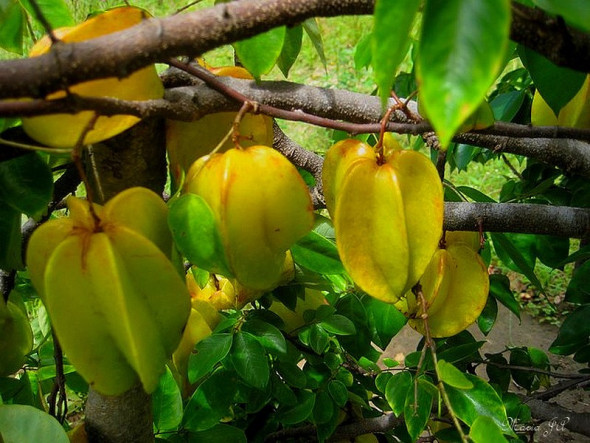 Averrhoa carambola – Star fruit tree
Averrhoa carambola – Star fruit tree
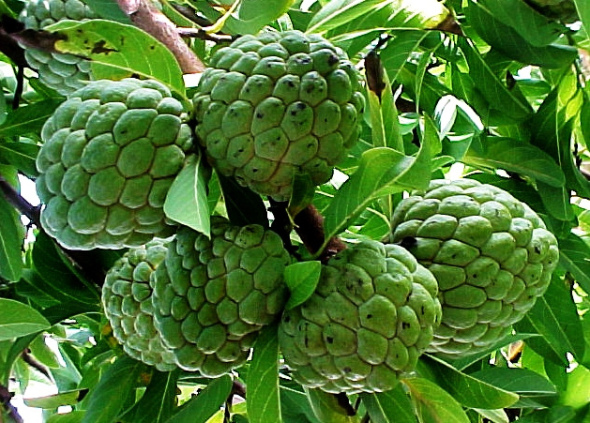 Thai custard apple fruit tree - Annona reticulata
Thai custard apple fruit tree - Annona reticulata
 Dragon fruit tree - Hylocereus undatus
Dragon fruit tree - Hylocereus undatus
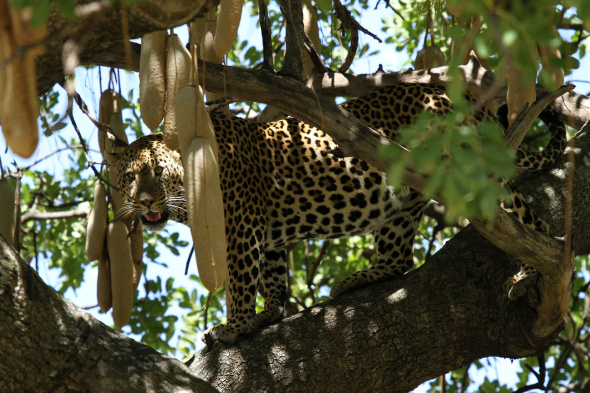 Sausage tree - Kigelia pinnata
Sausage tree - Kigelia pinnata
There are many species of tree that one can plant for earth day April 22nd 2013, and you can pick from thousands of different species that range from large “sub shrub tree’s” to actual tree’s themselves. The ten above are native to Europe, Asia and Australia and Africa. There are some important things you must remember though before planting a tree.
- Never plant a deciduous tree above a pond – Never plant a tree to close to neighbours houses that could later on obscure their view/infringe on their human rights
- Trees that have a large spread and can exceed 20 feet – We advise that you DO NOT plant within 20 metres of your home
- Never plant trees next to gas, water, electric, sewage or underground telecom lines as damage to them from the tree’s tap or lateral roots could end up with you facing a hefty bill
- Before you plant a tree in a public park you MUST always obtain permission of the parks officer or local municipality council/s
- Don’t plant trees to close to “structures” such as house’s or fences
- Please make sure that you care for tree, you plant it correctly as shown in the video below, and that you always maintain the tree as to not cause neighbour or other conflict from over hanging branches
- Do not disturb ANY bat or WILD BIRD populations that nest within the tree’s as of protection orders and Animal Welfare Act
- Do not plant trees that have very small girths (thin main trunk circumference) next to houses such as Birch, Cherry or Eucalyptus. High winds could cause the tree’s to topple onto you’re or your neighbours’ homes causing damage to loss of life or human injury
- Trees are not plants, you cannot just prune a tree or dig it up, we recommend that you educate yourself on how to maintain trees or every year after the tree is at a semi mature height (20 feet) that you call in an arboriculture expert (tree surgeon) that specialises in trees, pests and diseases
- Never spray weed killers next to the tress or on them
- Should you notice pests and diseases, strange leaf discolouration, leaf mites, sudden trunk death that you call you tree surgeon immediately
- Water your sapling in the summer 2-3 times a week of at least 5-6 gallons of water
For more information you can contact our botanical teams at
info@international-animalrescue-foundation.org.uk
Director and International Team of Delegates and Ambassadors
www.international-animalrescue-foundation.org.uk
www.speakupforthevoiceless.org



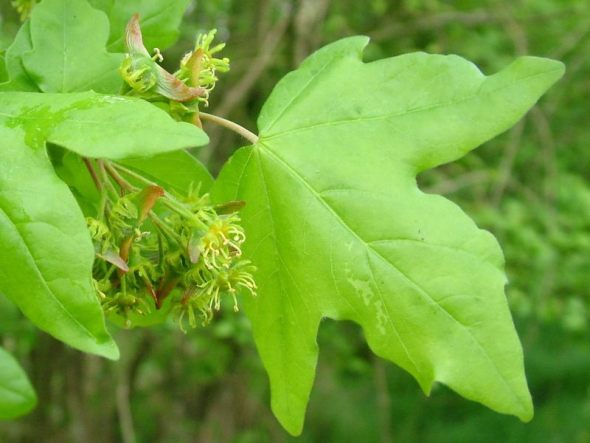
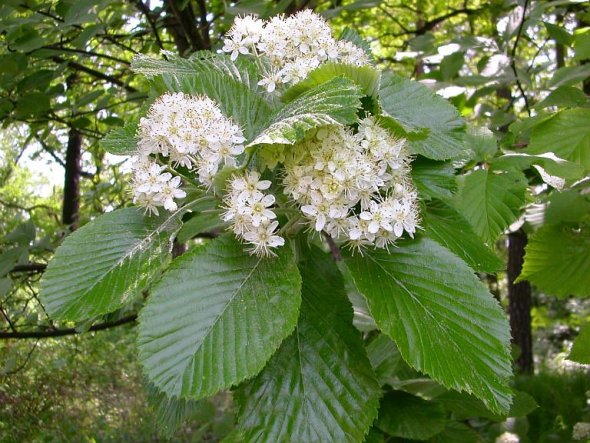
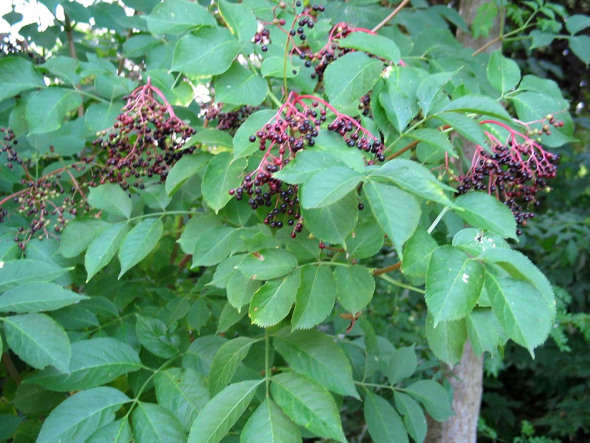
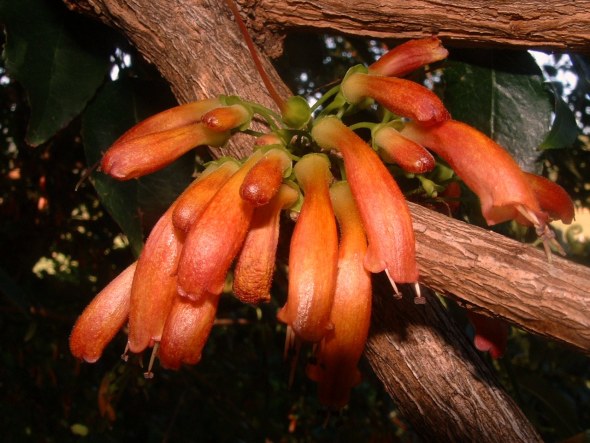



Thank you for your reply, should it merit a response we will respond in due course. This site is owned by International Animal Rescue Foundation and moderation is used.